

Become a catalyst of good work and unite with others committed to making our organisations a little better!

introduction
the alchemy of transformation
Before delving into your concluding reflections, it could be valuable to explore the video below. Heidi Gutekunst (CEO of Amara), Simon Western (CEO of ANC and Eco-Leadership Institute), and JB Dernoncourt (former CEO Carrefour Romania, Founder Agbaa) share their insights on the essential components for transforming organizations positively, drawing from their own experience. This narrative might offer inspiration for you to embark on your own exploration and transformative journey!
personal, organisational and spiritual transformation
(Click on the icon to watch the session)
Heidi, Simon, and JB exemplify, through the sharing of their personal and life stories, the significance and, at times, the challenges of shedding flawed societal and self-expectations. They illustrate the responsibility associated with assuming leadership roles and using positive "transformative" power in organisations. Yet, their individual journeys vividly bring to life the interconnectedness of personal, organisational, and spiritual transformation.
Jump to
Share your insights and make them personal
Learning Journey
To culminate your journey, you will craft a compelling narrative that presents your selected organization as a Change for Good (CFG) exemplar to a jury of experts. Additionally, you'll engage in personal reflection to assimilate your learnings throughout the course and consider how to cultivate your own leadership and help your own organization to become a "Force for Good". Finally, we want to collect your ideas aimed at the improvement of the course, and your lessons learned from your quest to be passed on to the next cohorts of good organisation hunters!
To prompt your introspective journey, we invite you to engage in an "inner conversation" that delves into your own motivations, beliefs, and choices, and that explores your relationships and organisational roles.
Conversation topics:
A) Self-awareness and Evaluation: Who are you becoming through work?
Discuss with yourself how practically wise your own approach has been to date.
B) Relational context: How are you embracing your relationships?
Which are the areas that might need work?
C) Institutional context: How can you overcome those challenges? Who can help you?
What would you do if you weren't afraid?
D) Negotiate your role as a leader: Who do you want to become? What is your next step?
Throughout the conversation, think about your personal identity - who are you and who do you want to become? Reflecting on any gaps between your actions, emotions, behaviours and who you would like to be can give you a better understanding of the challenges ahead. What would you need to do in order to step into power with wisdom, compassion, and a sense of justice? How can you commit to become the best leader you can be? What does that mean in practice?
Bringing it all together: Leadership Roles, Wisdom and the Future of Work
The Inner Conversation
"What is the good life? Good questions, good friends, good work, good money. In this order." ― Bill Torbert
Who shall I become?
Once upon a time, a monastery had fallen upon hard times. Only the Abbot and few monks were left, all of whom very old, and their order was dying out. Deep in the woods surrounding the monastery stood a little hut that an old Rabbi from a nearby town used as a hermitage. One day, the Abbot decided to visit the Rabbi and seek his advice.
The Rabbi welcomed the Abbot and commiserated: I know how it is. The spirit has gone out of people and nobody comes to the monastery anymore. He and the old Abbot wept together, and spoke quietly of deep things. Eventually, the Abbot asked: "Have you no advice to save our monastery?” “No, I am sorry" the Rabbi responded "I have no advice to give. I can only tell you that the Messiah is one of you.”
When the monks heard the Rabbi’s words, they exclaimed: “The Messiah is one of us? Here, at the monastery?" Do you suppose he meant the Abbot? Of course – it must be the Abbot, who has been our leader for so long. Certainly he couldn’t have meant Brother Elrod – he’s so crotchety. But then Elrod is very wise. Of course he didn’t mean me – yet supposing he did? Oh Lord, not me! I couldn’t mean that much to you, could I?”
As they contemplated further, the old monks began to treat each other with extraordinary respect. And on the off-chance they might be the Messiah themselves, they began to treat themselves with solemn respect. Suddenly, when people visited the dilapidated monastery, they sensed the aura of solemnity and respect permeating the atmosphere. They began to come more frequently, bringing their friends. Some younger men began to engage in conversation and after a while, one asked if he might join. Then another and another. And within a few years, the monastery became once again a vibrant community of light and love.
In essence, are we so different from those monks? The undeniable truth is that each of us carries the generative power of a uniquely special human being. Together, we possess the collective ability to breathe life into our own metaphorical monasteries. Much like the Rabbi's order, we are all on a quest to create something meaningful—something that holds significance for customers, society, and ourselves, even in the face of formidable challenges. We have the capacity to undertake this journey with joy and energy, embracing opportunities for learning, growth, and flourishing. Moreover, each of us can emulate the Rabbi, becoming a source of light for those around us. In every sentence we speak and every gesture we make, we face a choice: to be courageous, selflessly giving to others, fostering profound connections and unlocking new possibilities, or succumbing to fears, habits, or imaginary barriers that separate us.
Our wish for you is the courage to open your minds and hearts, approaching life with compassion, bravery, and wisdom, striving to make your own life and the lives of those around you as "good" as possible.

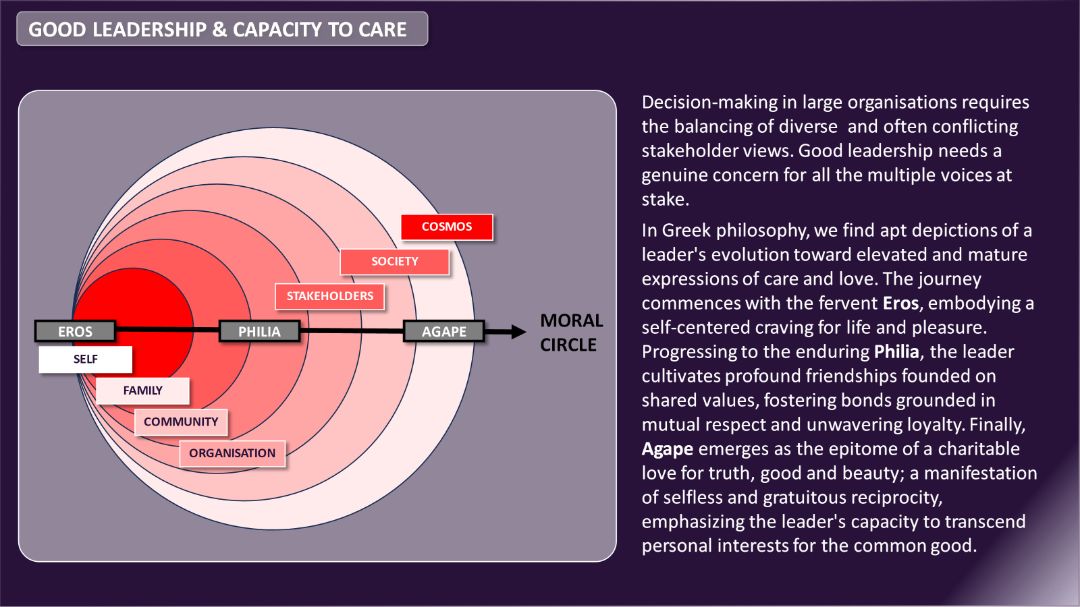

Below you can also find a few blog posts that dive into our evolving thoughts around these concepts
Discover New Puzzle Pieces of Wisdom On A Search For Eureka Moments!
Materials marked in dark purple are foundational. Those flagged in light purple are for in-depth exploration.
Tools for Self-Reflection and Development
In this section we would like you to reflect about your work, your workplace, and what it enables you to become, adopting a number of different lenses.

Wisdom Of Insecurity: A Message for an Age of Anxiety

Finding Meaning in the Second Half of Lif
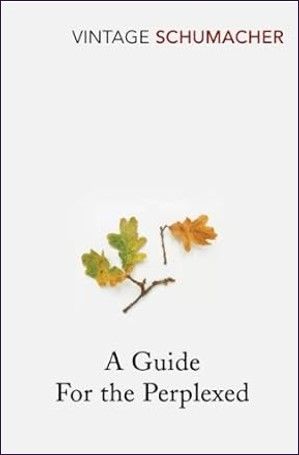
A Guide for the Perplexed
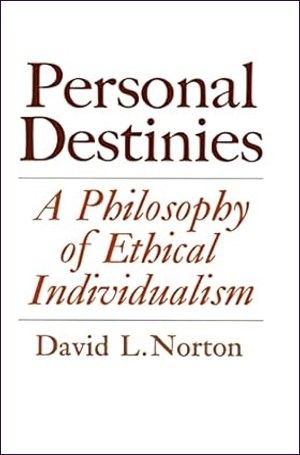
Personal Destinies: A Philosophy of Ethical Individualism, david norton

Man's Search for Meaning
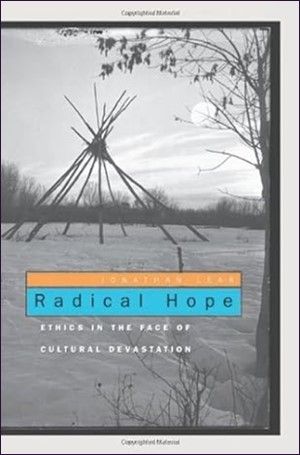
Radical Hope
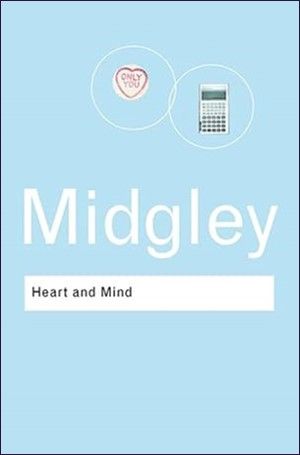
Heart and Mind: The Varieties of Moral Experience
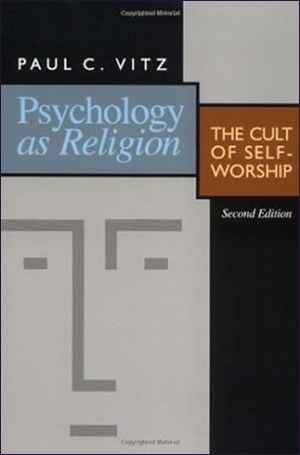
Psychology as Religion: The Cult of Self-worship
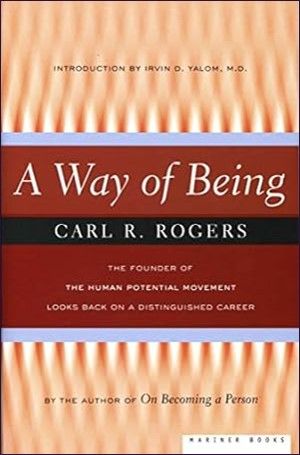
A Way of Being
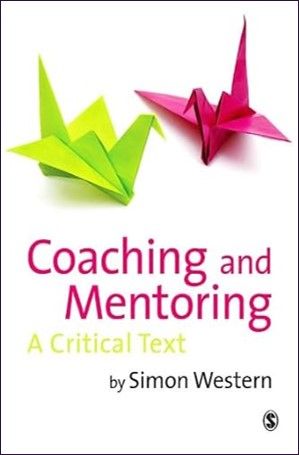
Coaching and Mentoring: A Critical Text
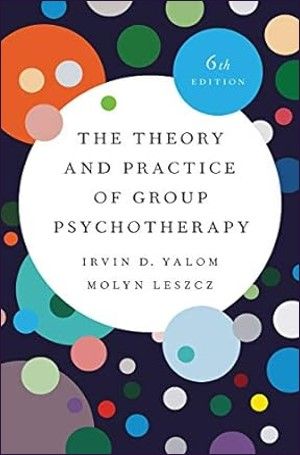
The Theory and Practice of Group Psychotherapy

The Heroine’s Journey

What You Can Change. . . and What You Can't
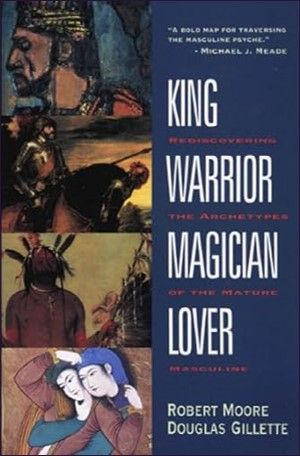
King, Warrior, Magician, Lover: Rediscovering the Archetypes of the Mature Masculine
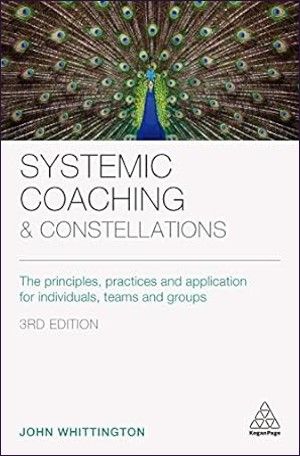
Systemic Coaching and Constellations

How Coaching Works: The Essential Guide to the History and Practice of Effective Coaching
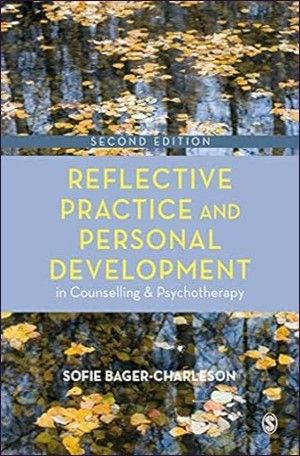
Reflective Practice and Personal Development in Counselling and Psychotherapy

The Reflective Practitioner: How Professionals Think in Action

The Different Drum: Community-making and peace
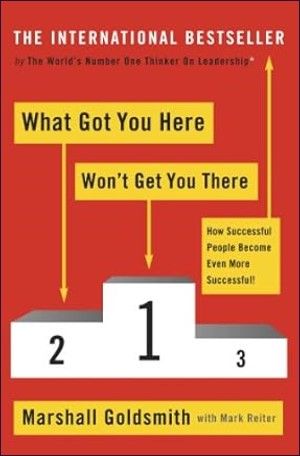
What Got You Here Won't Get You There
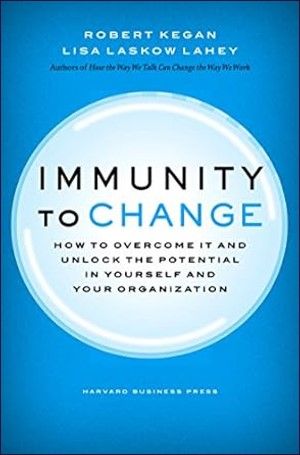
Immunity to Change: How to Overcome It and Unlock the Potential in Yourself and Your Organization
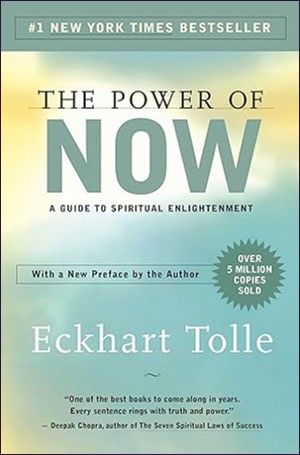
The Power of Now: A Guide to Spiritual Enlightenment
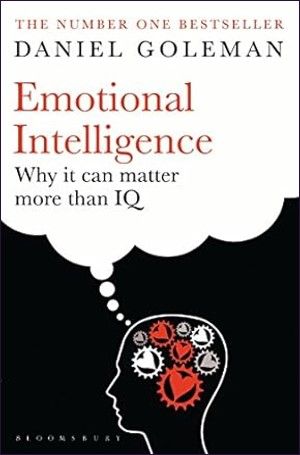
Emotional Intelligence: Why It Can Matter More Than IQ
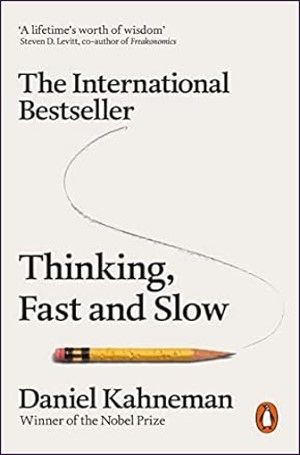
Thinking, Fast and Slow
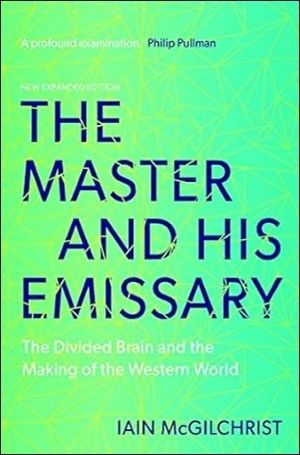
The Master and His Emissary
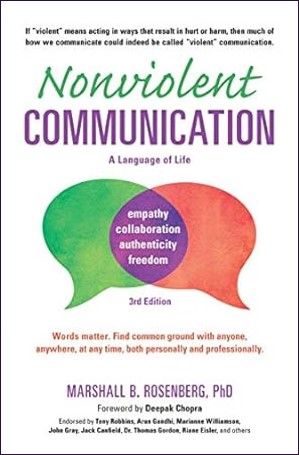
Nonviolent Communication: A Language of Life: Life-Changing Tools for Healthy Relationships
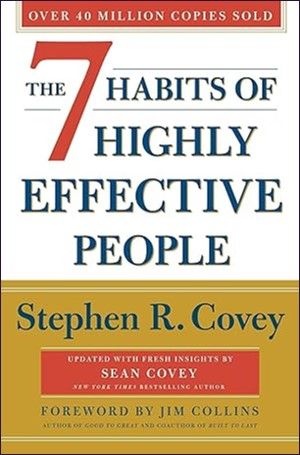
The 7 Habits Of Highly Effective People

Are You Ready to Succeed?

Primed to Perform

Total Workday Control

Humble Leadership
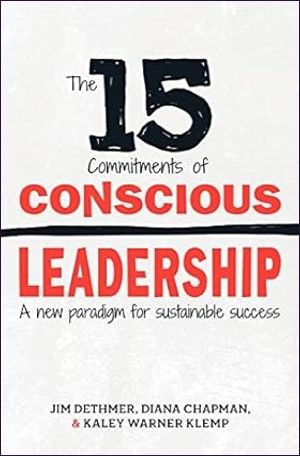
The 15 Commitments of Conscious Leadership
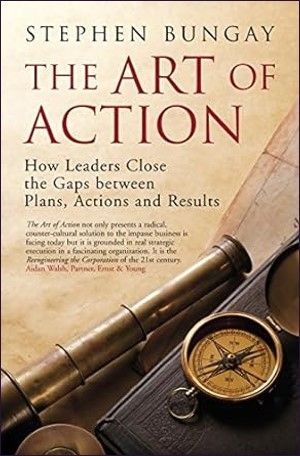
The Art of Action: How Leaders Close the Gaps between Plans, Actions and Results



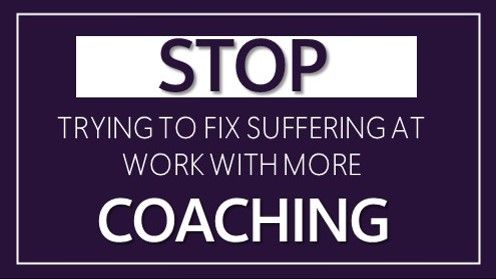


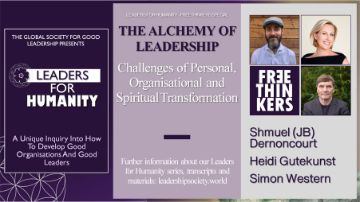
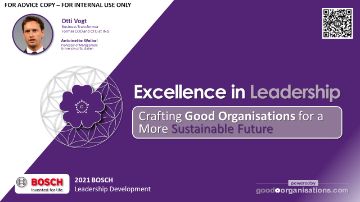
 .
.